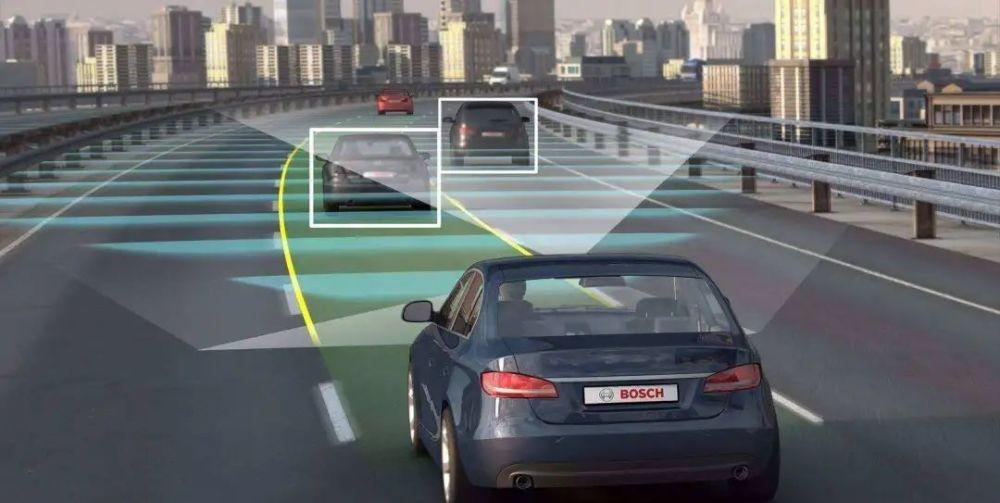Many cars now have L2 level autopilot function. After this function is turned on, the car can automatically drive at a constant speed, and also has automatic follow-up, lane keeping, collision warning, automatic braking and other functions, the driver can even leave the steering wheel with both hands, so that the car can drive completely autonomously.
However, L2 level automatic driving is only automatic driving assistance, not complete automatic driving, still requires the driver to always pay attention to the car condition and road conditions, ready to take over the vehicle at any time. Therefore, the driver's hands are not allowed to leave the steering wheel for a long time. When the driver leaves the steering wheel with both hands for a few seconds, the dashboard emits a "tick" alarm sound and displays "Please do not leave the steering wheel with both hands". When I first used this function, I was very confused: how did the car know that my hand was not on the steering wheel?

Initially I thought there was a hand sensor on the steering wheel. If the driver's hand is not on the steering wheel and the sensor does not sense the presence of the hand, it will alarm. But this way, there are several problems that are difficult to solve.
The first is what type of sensor to use. If you use a pressure sensor, everyone holds the steering wheel differently, some drivers just gently put their hands on the steering wheel, the sensor is difficult to feel; and this way is easy to cheat, put a clip on the steering wheel, and fool the car.
If you use a temperature sensor, feel the temperature of your hand to determine if your hand is on the steering wheel. But the temperature of different hands is different, the ambient temperature is also different (such as the cold winter in the north, the steering wheel temperature is very low), and some people are used to wearing gloves to drive, and some people install steering wheel covers on the steering wheel, so it is difficult to feel the temperature change; in addition, this way is also easy to cheat, put a warm treasure on the steering wheel, the car can not tell whether this is a hand or other items.
Some people say that it is possible to use both a pressure sensor and a temperature sensor. However, this leads to an extremely complex steering wheel structure and complex control logic, which is extremely difficult to apply in practice.
In addition, how are these sensors arranged on the steering wheel? Different people drive, the position of the steering wheel is not the same, in order to adapt to all people, it is necessary to arrange sensors in each position of the steering wheel. This is also obviously impossible. Also, if the steering wheel is modified later, this function cannot be used. So, this question bothered me for a long time. It wasn't until one day I chatted with an automotive engineer that the mystery was solved.
He told me that when I first designed this function in the car, I also did it according to my previous thinking, designing the sensors on the steering wheel. However, the steering wheel designed according to this method is extremely complex in structure and control logic, and the price is extremely expensive, and it is impossible to apply it in the car. Later, at a conference, the electrical engineer proposed that the problem did not have to be so complicated at all, without adding any hardware, just changing the steering wheel control logic.
Cars with autonomous driving features, the steering wheel is all electric powered, both have steering wheel torque sensors and angle sensors. While driving the wheel steering, it will also feedback a part of the road surface resistance to the steering wheel to form a "road sense". The driver's hand on the steering wheel is not on the steering wheel, and the feedback from the torque sensor is not the same. We only need to capture the signal changes of the torque transducer to determine whether the hand is on the steering wheel. That is to say, add a piece of code to the steering electronic control unit, change the electronic control logic of the steering system, and this problem is solved! If the car is in a uniform and straight-line state, the steering system will also actively shake the steering wheel from side to side to detect whether the driver's hand is on the steering wheel. That's why when we use the autopilot function, the steering wheel swings slightly from side to side.
See? As soon as the train of thought changes, the problem is super simple. For the problem that is super difficult to solve by using mechanical methods, the use of electrical methods does not add any cost, and it is easily solved. Therefore, today's cars are more and more inclined to use electronic control. In the future, it is entirely possible to "define the car with software", the car becoming a walking computer, which will completely subvert our understanding of the car. Now many automobile OEMs recruit people, more electrical and computer talents, and there is less demand for traditional vehicles and mechanical talents, which can also be seen from this.